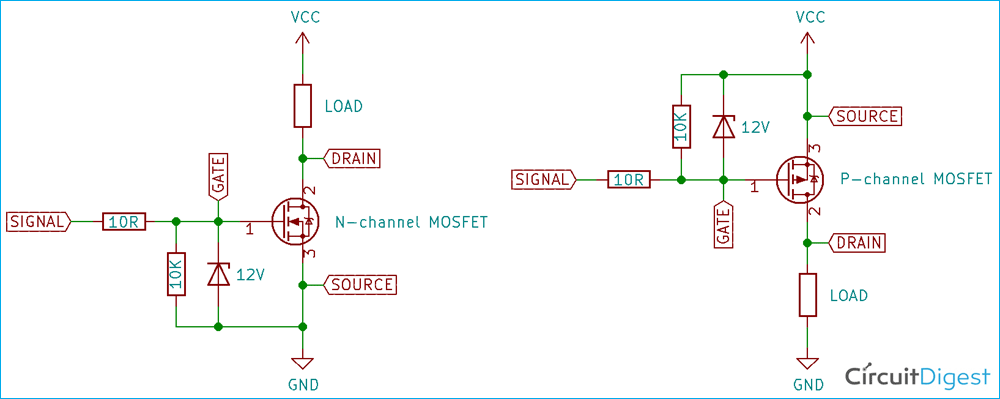

If the crystal were of any reasonable size, the number of electrons (or holes) required to be injected would have to be very large, making it less useful as an amplifier because it would require a large injection current to start with. However, if a third contact could then "inject" electrons or holes into the material, the current would flow.Īctually doing this appeared to be very difficult. For instance, if one placed contacts on either side of a single type of crystal, the current would not flow through it. It was realized that if there was some way to control the flow of the electrons from the emitter to the collector of this newly discovered diode (discovered 1874 patented 1906), one could build an amplifier. The key to the development of the transistor was the further understanding of the process of the electron mobility in a semiconductor. John Bardeen eventually developed a new branch of quantum mechanics known as surface physics to account for the "odd" behavior they saw, and Bardeen and Walter Brattain eventually succeeded in building a working device. He secured funding and lab space, and went to work on the problem with Bardeen and Brattain. Early tube-based circuits did not switch fast enough for this role, leading the Bell team to use solid-state diodes instead.Īfter the war, Shockley decided to attempt the building of a triode-like semiconductor device. A parallel project on germanium diodes at Purdue University succeeded in producing the good-quality germanium semiconducting crystals that were used at Bell Labs. Bell's version was a single-crystal design that was both smaller and completely solid. UK researchers had produced models using a tungsten filament on a germanium disk, but these were difficult to manufacture and not particularly robust. The Bell Lab's work on the transistor emerged from war-time efforts to produce extremely pure germanium "crystal" mixer diodes, used in radar units as a frequency mixer element in microwave radar receivers. John Bardeen, William Shockley and Walter Brattain at Bell Labs, 1948 The MOSFET has since become the most widely manufactured device in history. MOSFETs use even less power, which led to the mass-production of MOS transistors for a wide range of uses. The MOSFET (metal–oxide–semiconductor field-effect transistor), also known as the MOS transistor, was invented by Mohamed Atalla and Dawon Kahng at Bell Labs in 1959.


Shockley introduced the improved bipolar junction transistor in 1948, which entered production in the early 1950s and led to the first widespread use of transistors. John Bardeen, Walter Brattain and William Shockley invented the first working transistors at Bell Labs, the point-contact transistor in 1947. The principle of a field-effect transistor was proposed by Julius Edgar Lilienfeld in 1925. Transistors are broadly classified into two categories: bipolar junction transistor (BJT) and field-effect transistor (FET). The introduction of the transistor is often considered one of the most important inventions in history. The three individuals credited with the invention of the transistor were William Shockley, John Bardeen and Walter Brattain. Bell Labs was the research arm of American Telephone and Telegraph (AT&T). The transistor replaced the vacuum-tube triode, also called a (thermionic) valve, which was much larger in size and used significantly more power to operate.The first transistor was successfully demonstrated on December 23, 1947, at Bell Laboratories in Murray Hill, New Jersey. This can be used for amplification, as in the case of a radio receiver, or for rapid switching, as in the case of digital circuits. In the common case, the third terminal controls the flow of current between the other two terminals. Semiconductor device history Transistor technology timeline (summary)Ī transistor is a semiconductor device with at least three terminals for connection to an electric circuit.


 0 kommentar(er)
0 kommentar(er)
